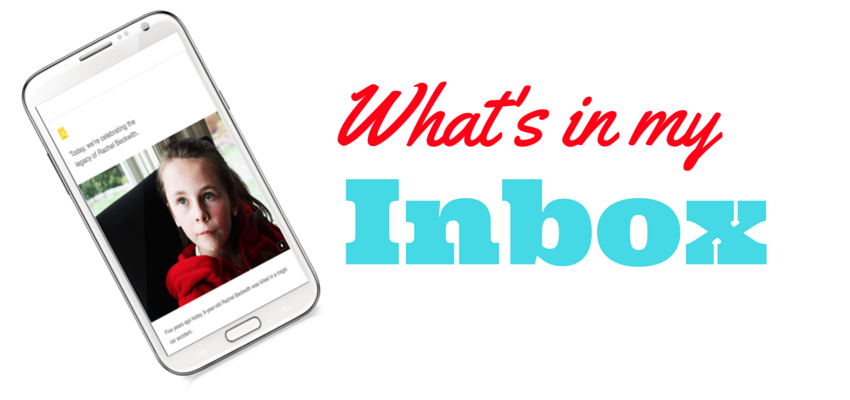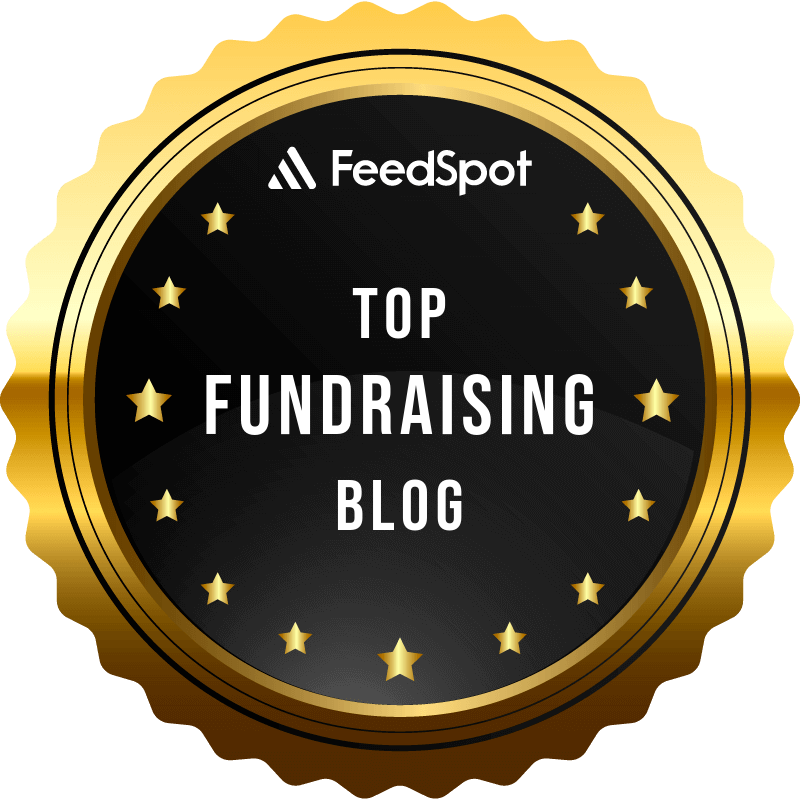
If your nonprofit has an email list that you’re mailing to consistently, you’ll want to make a practice of cleaning your list regularly.
Email list cleaning is simply a process of regularly updating your email contact list by purging or suppressing outdated contacts and regularly updating donors’ personal preferences.
A clean list yields better supporter interactions.
Maybe you’ve noticed that your emails aren’t getting any engagement. Maybe they’re not reaching the inbox at all.
But if you’re emailing contacts who haven’t opened an email in two years, chances are good they’re simply not interested.
The Benefits of Cleaning Your Email List
A clean list improves your overall email campaign performance. A clean email list means you’ll see:
Lower bounce rate. When emails can’t be delivered to the subscriber’s inbox, they bounce back. Your clean email list should consist only of valid emails of subscribers who actually want to read your emails. Clearing your bounce rate results in a better sender reputation, meaning that ESP’s (like Gmail, Outlook, etc.) know that you’re not a spammer, increasing deliverability. Improved deliverability benefits your entire list.
Increased engagement. Regular list cleanup will also help the overall engagement rates of your emails. And that translates into more meaningful relationships with supporters.
So, how can you clean up your email list?
1. Encourage Engagement with Every Send
Make your emails non-jargony and conversational. Encourage feedback with every send. That might mean including a survey (even something as simple as one question). It could mean asking your subscribers to set their communication preferences (critical in today’s omnichannel environment; see below). and topics of interest within the email itself. Personalization is critical. Include the first name field in every email opt-in form.

2. Send a Re-engagement Email Campaign
Low engagement doesn’t necessarily mean that recipients don’t want to hear from you at all. They may just not like the type of content you’re sending. Before you write off less active subscribers, consider what other kinds of content you could provide that might be more appealing.
This example of a re-engagement campaign, from GRID Alternatives, provides a perfect example. It’s clear, non-jargony, and friendly. Schedule 2-3 resends to those recipients who did not respond before purging or suppressing them from your email list.
Aways be transparent! Let inactive subscribers know that you don’t want to clutter their inbox if they’re not interested.
3. Do Make It Easy to Unsubscribe
Never make it difficult to opt-out to try to keep subscribers on your list. And never, ever, add names to your email list. The Simple Development Systems’ fundraising model is entirely permission-based. Meaning that you’re building “lifetime donor attraction” systems — never pushing yourself on others.
How often should you clean your list? It depends on the size of your list and the frequency of your mailings. But I would recommend yearly at the bare minimum.



















 I can’t wait to meet with you personally.
I can’t wait to meet with you personally.
Comments on this entry are closed.